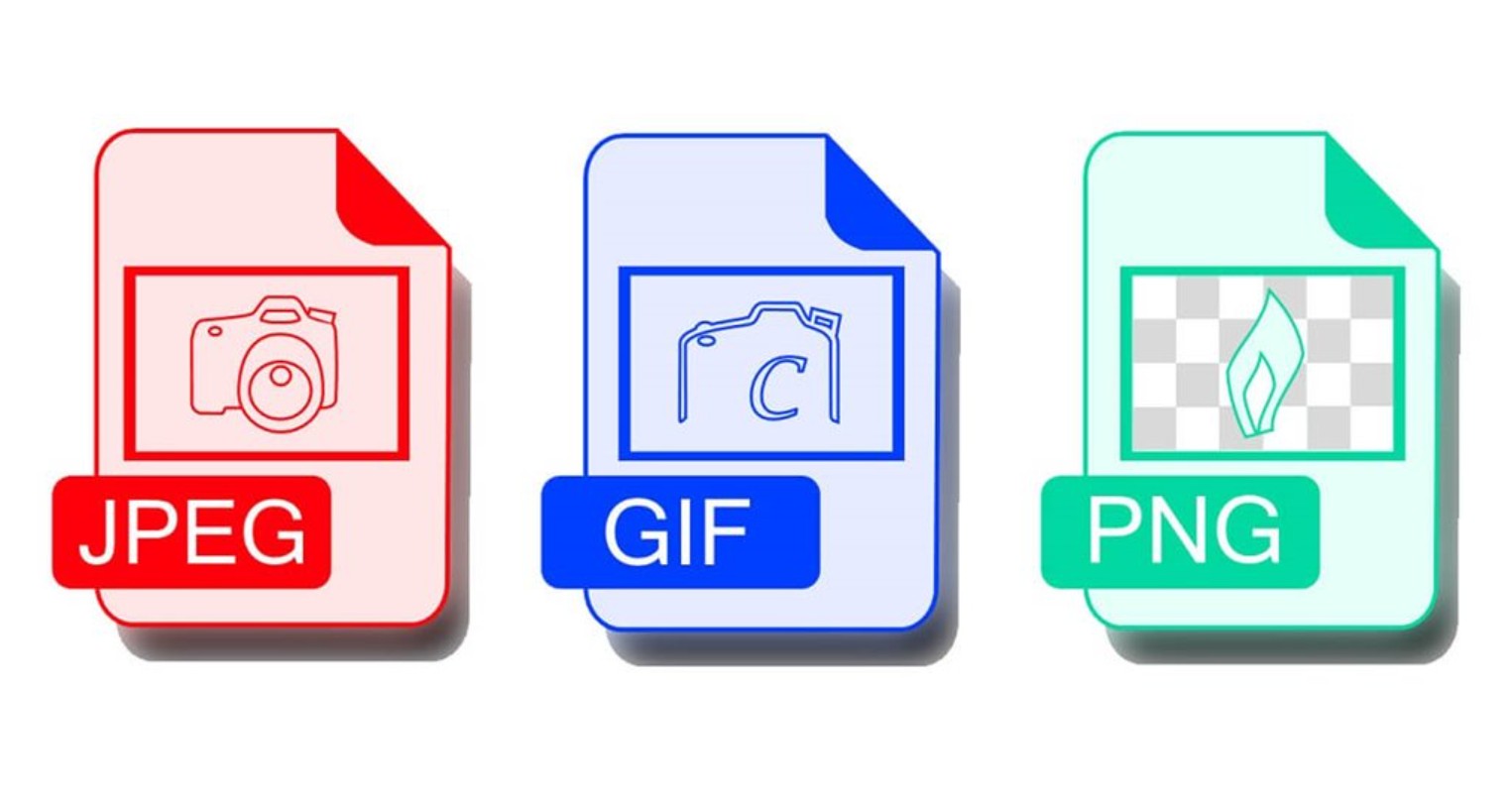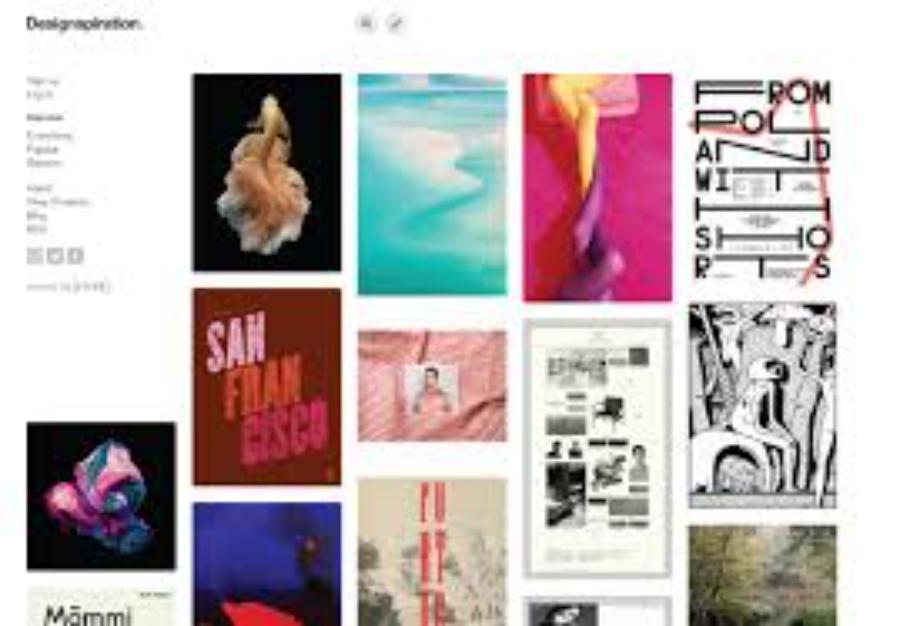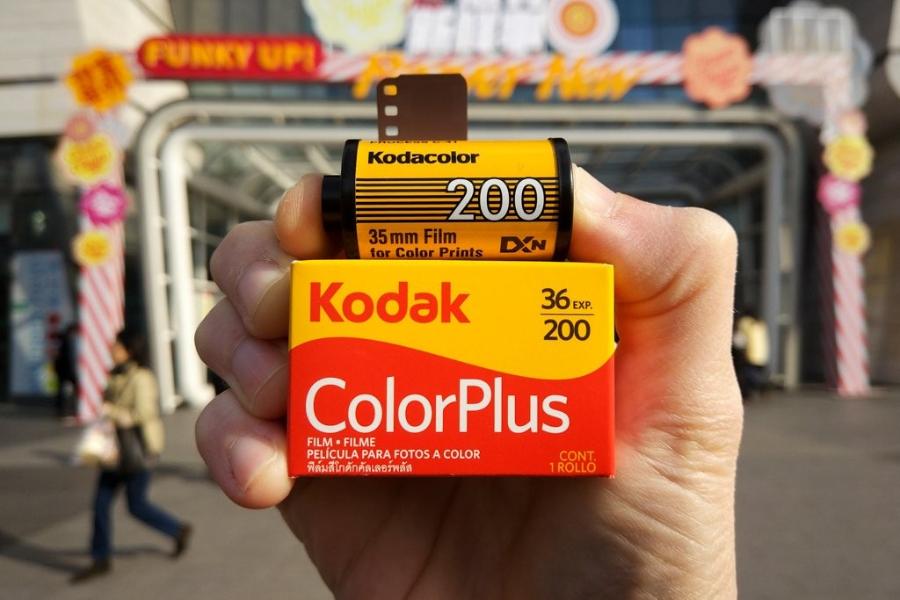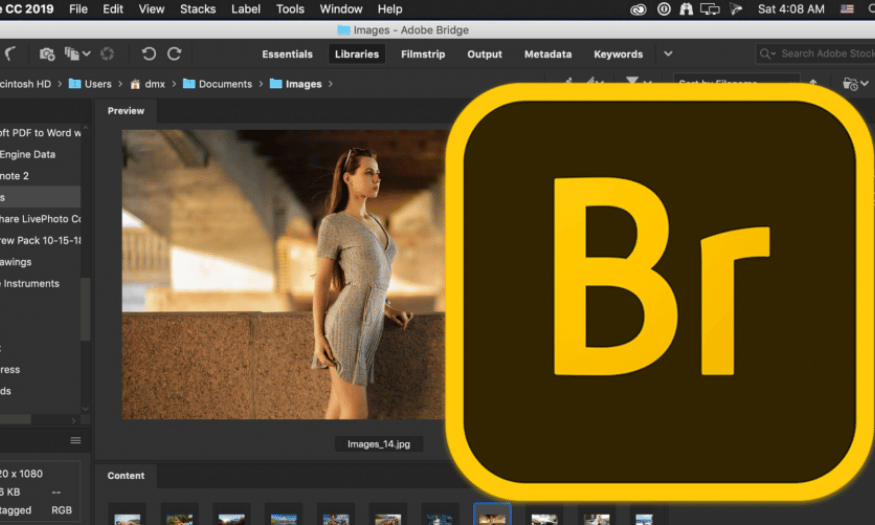Best Selling Products
Choose the Right Image Format: Distinguishing Between JPEG, PNG and GIF
Nội dung
Choosing the right image format not only helps your website or product stand out visually, but also helps improve page loading speed, preserve image quality and create a professional brand image.

Welcome to SaDesign's blog. Today, we will learn about the three most popular image formats: JPEG, PNG and GIF. Through this article, we hope you will easily distinguish and choose the most suitable format for each purpose, from photos, graphics to animations.
1. Why Is Choosing the Right Image Format Important?
In today’s digital age, images play a vital role in attracting and retaining customers. A quality photo not only helps your website or product stand out, but also:
Increase page loading speed: Optimized images make the website smoother, improving user experience.
Preserve quality: The appropriate image format will preserve the sharpness and true color of the image.
Build a professional brand: Every little detail, from photos to logos, contributes to expressing the professionalism and sophistication of the brand.
2. Image JPEG (File Joint Photographic Experts Group)
JPEG images were first introduced in 1986, which can be said to be the oldest image format compared to GIF and PNG. JPEG format supports displaying 16-bit images that display millions of different colors. In addition, JPEG files also allow compression and create images with small capacity. These advantages have helped JPEG become the most popular image format for posting on websites that need unique illustrations without taking up space.
.png)
However, this image format has a disadvantage in terms of image quality when compressed or reduced. JPEG files, when compressed, will unintentionally create blurs between colored pixels. This causes the image to be visibly broken and of poor quality when resized. Because of this disadvantage, JPEG images are not suitable for websites or posting addresses that require clear images that do not change over many different posting environments.
3. Image GIF (Graphics Interchange Format)
GIF images were born in 1987, developed by CompuServe company to create a type of image with moderate capacity, which can be shared through different transmission lines. GIF images can display images with no more than 256 different colors for each frame. This type of image can be compressed from large to small size but the quality is still guaranteed. GIF images also support creating animated images, small icon images. However, the disadvantage of this type of image is that it cannot support images with more than 256 colors, which somewhat limits the application of the image, especially in the context of digital imaging technology development as it is today.
.png)
What are GIFs best for? Characterized by their moderate file size (which can be lower than JPEGs), ability to create animations, and lossless compression, GIFs are often used for the following products:
Monochrome Illustration on Website
Create small icons to decorate graphic products
Create basic motion graphics
Can be used as a replacement for simple Motion Graphics and Animation
4.Image PNG (Portable Network Graphics)
PNG is a "latecomer" image format but inherits many advantages of previous image types. The PNG file extension was introduced around 1995 - 1996 with the main purpose of replacing GIF and JPEG images when necessary. This format can support 8-bit and 24-bit images. 8-bit images will be similar to GIF images, with no more than 256 colors but smaller in size than GIF images. 24-bit PNG images will have characteristics more similar to JPEG images, supporting the display of images with more than 16 million colors but without affecting the quality when compressing the image. These PNG files will be heavier than JPEG images. In particular, PNG files can save transparent images, creating background-separated images that are easy to combine and edit into graphic files. Thanks to this feature, PNG images are very popular with designers.
.png)
In terms of application, PNG images are suitable for graphic design products because of their beautiful image quality and the image will not change if compressed to a smaller size. At the same time, PNG images also support saving transparent images, which is very suitable for background merging and editing in design files. In addition, PNG images are also used for illustration on websites and media channels that require clear image quality such as Facebook, electronic newspaper illustrations, and images on websites specializing in design and aesthetics.
A major drawback of PNG images is their high file size, many times larger than JPEG. This size makes PNG images quite picky with different HTML platforms. Most regular websites will prefer JPEG because of their light file size. PNG images are only suitable for well-built platforms that require high-quality images.
Hopefully this article has helped you better understand image formats and how to use them effectively. Thank you for taking the time to read this article. Please share your thoughts and experiences below – we’d love to hear from you!












































